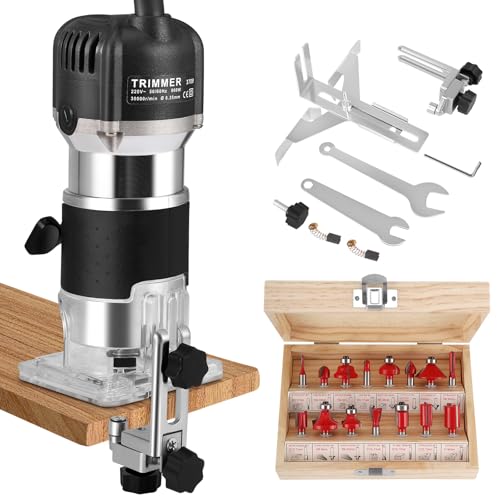Jacob
What goes around comes around.
Wet thin paper-backed wet n dry doesn't curl up once it's been pressed down and very wet. It really is designed for the job.I do this all with 3M microfinishing film on float glass plates, all you need for most planes are a sheet of 100 micron and then 40 micron, it's self adhesive and never curls up on the corners like wet/dry paper can, so no need for white spirit or turps, I usually lubricate it with ACF50 and it really works well at preventing the planes from rusting. For longer planes you need a couple of big pieces of float glass but the same process as jacob shows, you can do it on your workbench with some leather underneath to stop it from moving about. Seems expensive but bear in mind I've had sheets last about 6 months to a year.
https://www.workshopheaven.com/3m-micro-finishing-film-100-micron-ao-psa.html
https://www.workshopheaven.com/3m-micro-finishing-film-40-micron-ao-psa.html
Wet processes have other advantages see earlier post.
I forgot to add; instead of marking with felt tips etc you can do a few passes at an angle and then look at these marks for high points. Then take them off going to and fro again, against a bit of a fence.
I know I've made wet sole lapping appear ridiculously easy - that's because it really is, any fool can do it!
Last edited:










































